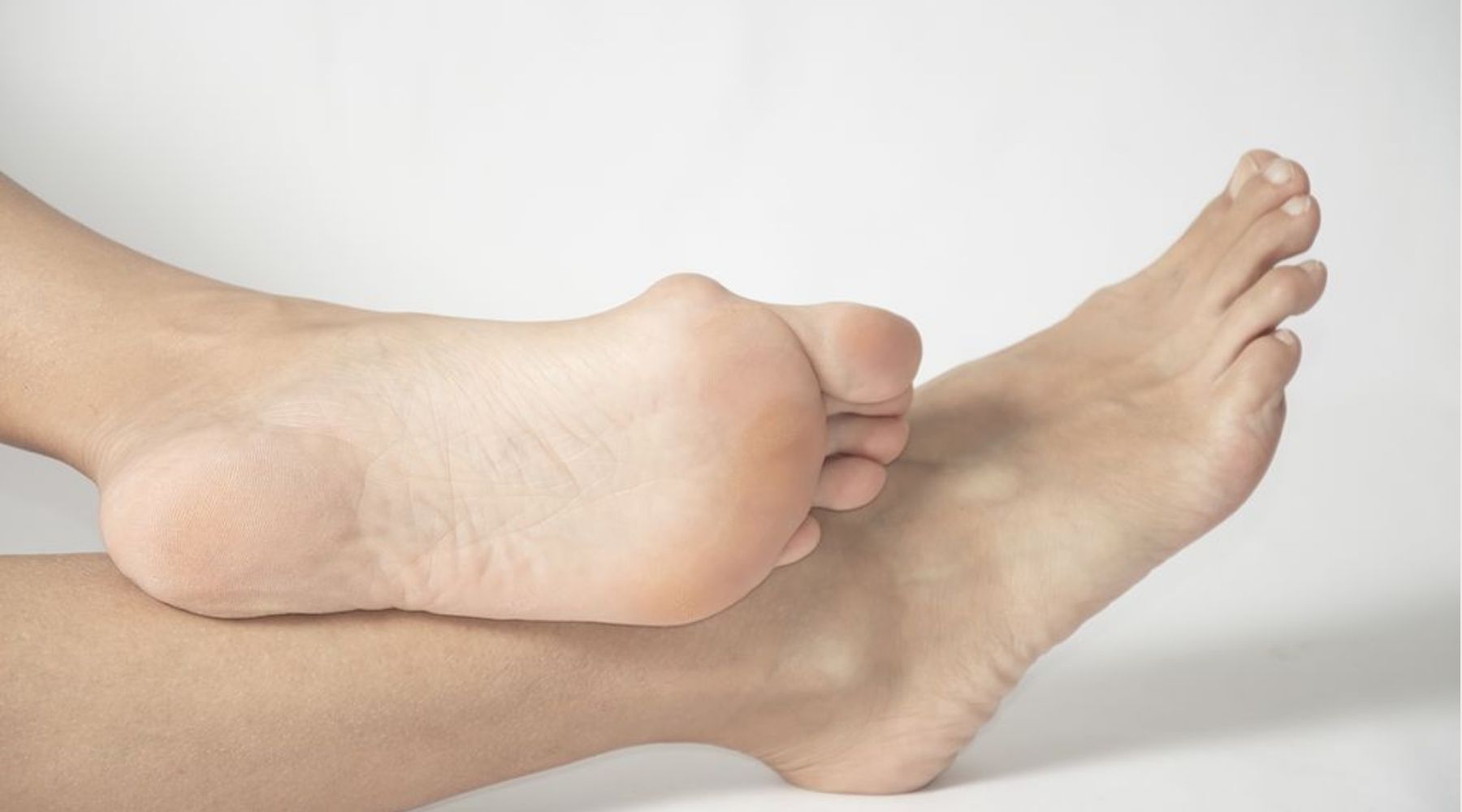
Expert talk: how to stop bunions from getting worse
If you have got bunions, you know how much you wish you did not. They are not fun, and can often be a source of pain, problems with finding suitable footwear, and in some cases, even problems with walking longer distances. Even celebrities haven't quite figured out a way to deal with them.
We have teamed up with Ron McCulloch, the principal Podiatric Surgeon and Director of the London Podiatry Centre, to enquire about whether there is anything to do to stop bunions from getting worse once you have already been ‘blessed’ with these unfortunate bumps on your toe joint.
Mr McCulloch’s experience in podiatry, and the thousands of foot operations that he has performed, make him a true expert in the matter, and so we thought he was the absolute best person to ask.
Please remember that the advice below is general, and if you are experiencing foot pain you need to see your podiatrist. Scroll down to the bottom of this post if you are around the London area and would like to make an appointment with Ron McCulloch. If you're interested in finding out more information about getting rid of bunions, check out our blog post 'How to get rid of bunions: myths and facts'.
There are some conflicting beliefs on what causes the formation of bunions, with some saying that it is due to genetics, and some that it is due to wearing narrow shoes. What is your professional opinion on this?
Ron McCulloch: In simplistic terms, a bunion can be described as a deviation of the great toe, so that it moves towards the smaller toes. This generally results in the formation of a bump where the great toe meets the metatarsal. It is not a growth but a prominence which is caused by the toe moving out of its normal position. Some patients will develop a swelling over the bump called a bursa which can become hot and inflamed.
The reality is that bunions form as a consequence of a number of different combining factors. There is no doubt that genetics play a significant role and it is not all that uncommon for patients to attend my practice where there is a strong family history of bunions. It can be so specific that the bunion might only form on one side from generation to generation. Certain types of feet are more susceptible to developing bunions and such foot types are often inherited. For example, a long first toe or a short first toe can destabilise the foot so causing a bunion. Also, flat feet can make bunions more likely as can a wide foot which makes the wearing of fashion shoes challenging. Hypermobility syndrome (double-jointedness) is also associated with an increased likelihood of bunions.
There is no doubt that bunion deformities are more common in the female population although men can also suffer from the condition.
Footwear also plays a major role and this is why women are much more likely to develop bunions especially when there is an underlying predisposition. My female patients often ask why they have developed bunions whilst their friend who always wears high heels has not. The answer once again lies in the underlying shape and configuration of a foot which more often than not is genetically determined.

In your experience, is there a correlation between the size of the bunions and the level of discomfort or pain that they cause?
Ron McCulloch: There is little doubt that larger bunions pose greater challenges with regards to finding comfortable footwear and so on the whole larger bunions do cause more pain. Of course, there are always exceptions and it is not unusual for a patient to attend with large bunions but no symptoms at all whilst others have smaller bunions but significant pain.
It is important to remember that not all bunions form significant arthritis and this can often determine whether the bunion becomes painful. In some cases, the great toe just moves over out of its normal position but arthritis associated with this is minimal. In other cases, significant arthritis forms rather rapidly so increasing levels of pain. In its most basic form, arthritis is wear and tear of the joint resulting in damage to the cartilage and the formation of extra bone and spurs, often referred to osteophytes.

Once bunions have started to form on your feet, is there anything that can be done to either stop or slow down the formation?
Ron McCulloch: Once a bunion has formed it is usually not possible to reverse the condition without surgery. The best one can hope for is to slow down progression and to limit the worsening of the deformity by taking some simple measures. By far the most important one is to wear good shoes with a round toe and a relatively low heel. There is evidence in the medical literature to show that specialised insoles, ‘orthoses’ can help with bunion pain but there is no particular evidence that this approach can stop or slow down the deformity. Some Podiatrists do believe that orthoses can help bunion progression but I believe that more research is required to substantiate this viewpoint.
There are studies that show that Night Splints and specialist exercises might help to slow down worsening of the bunion deformity but most of these studies have only been undertaken in children when the bones are still growing.
Patients have tried various types of bunion splints but there is no evidence that these work. Most of these are designed to be worn at night and this is one of the limitations of this approach as bunions tend to develop as you walk and the joint is stressed.
In addition to the above remedies, do you recommend any foot exercises that could slow down the forming of bunions?
Ron McCulloch: There are specific strengthening exercises using elastics called Dynaband to help strengthen the arch which could help to some extent although there is limited evidence. There are also specific exercises that can strengthen the great toe joint and in particular an exercise to activate abductor hallucis, a small muscle that keeps the great toe straight.
Such exercises are often provided by practitioners but again the evidence base for their effect is still very limited. Ultimately there is no harm in trying these exercises as part of a general approach which includes the wearing of sensible shoes and in some cases, orthoses.

The internet is full of ‘get rid of bunions fast’ remedies. Why do you think bunion sufferers are so desperate to avoid having a surgery, which we know is the only sure way to get rid of bunions?
Ron McCulloch: Firstly, it is quite understandable and normal to want to avoid an operation and I would always urge my patients to try all forms of conservative treatment before considering surgery. Some of the treatments which are available for bunions simply reduce inflammation around the joint and this could have some limited benefit. These will however only help with pain, not the deformity.
What does not work is any form of topical treatment which claims to straighten the great toe into a correct position. This cannot be achieved to any lasting extent without anything except surgery. Obviously, if the foot is strapped continuously for a period of time this may result in temporary improvement but it is unrealistic to strap the foot indefinitely and this is why this approach is generally not that effective.
For some people, their bunions still grow back after they’ve had surgery. Are there any ways to ensure that this does not happen, or is there nothing that can be done but have another surgery?
Ron McCulloch: Having performed bunion surgery for nearly 20 years, recurrence of the deformity is relatively uncommon. There are certain types of bunions that are more likely to recur and it is very important that a patient is carefully counselled about such risks. It is important that anyone considering bunion surgery sees a qualified Consultant Podiatric Surgeon who will be able to advice on their specific bunion and the relative risks of recurrence.
There are over a hundred different types of bunion operations and it is essential that your surgeon selects the operation that is most appropriate for you. Some bunion operations will work very well on one type of foot but are destined to fail in another. A general surgeon who does not specialise in the foot is unlikely to have the full range of surgical skills required to deal with all sorts of bunions and this is why you should see a specialist such as a Consultant Podiatric Surgeon who exclusively operates only on the foot and it associated structures.
If you are unlucky enough to have a bunion recur after surgery then revision surgery is probably the only viable option. Measures should be undertaken to avoid recurrence after surgery and these include appropriate physiotherapy after an operation and the avoidance of shoes that may have caused the bunion in the first place. Stilettos and narrow pointed shoes should of course be avoided.
In the very early stages if a bunion seems to slowly recur, specialist strapping can be used to reduce the risk of this progressing to anything more serious. I also sometimes prescribe a Night Splint during the recovery process if necessary although this is a fairly infrequent requirement.

Ron McCulloch is the principal Podiatric Surgeon and Director of the London Podiatry Centre, a Podiatry Practice which meets all of CQC’s rigorous standards.
You can find Ron over at www.londonpodiatry.com, or you can reach the practice by phone to make an appointment, at 020 8297 9631.
Alternatively, please email [email protected].


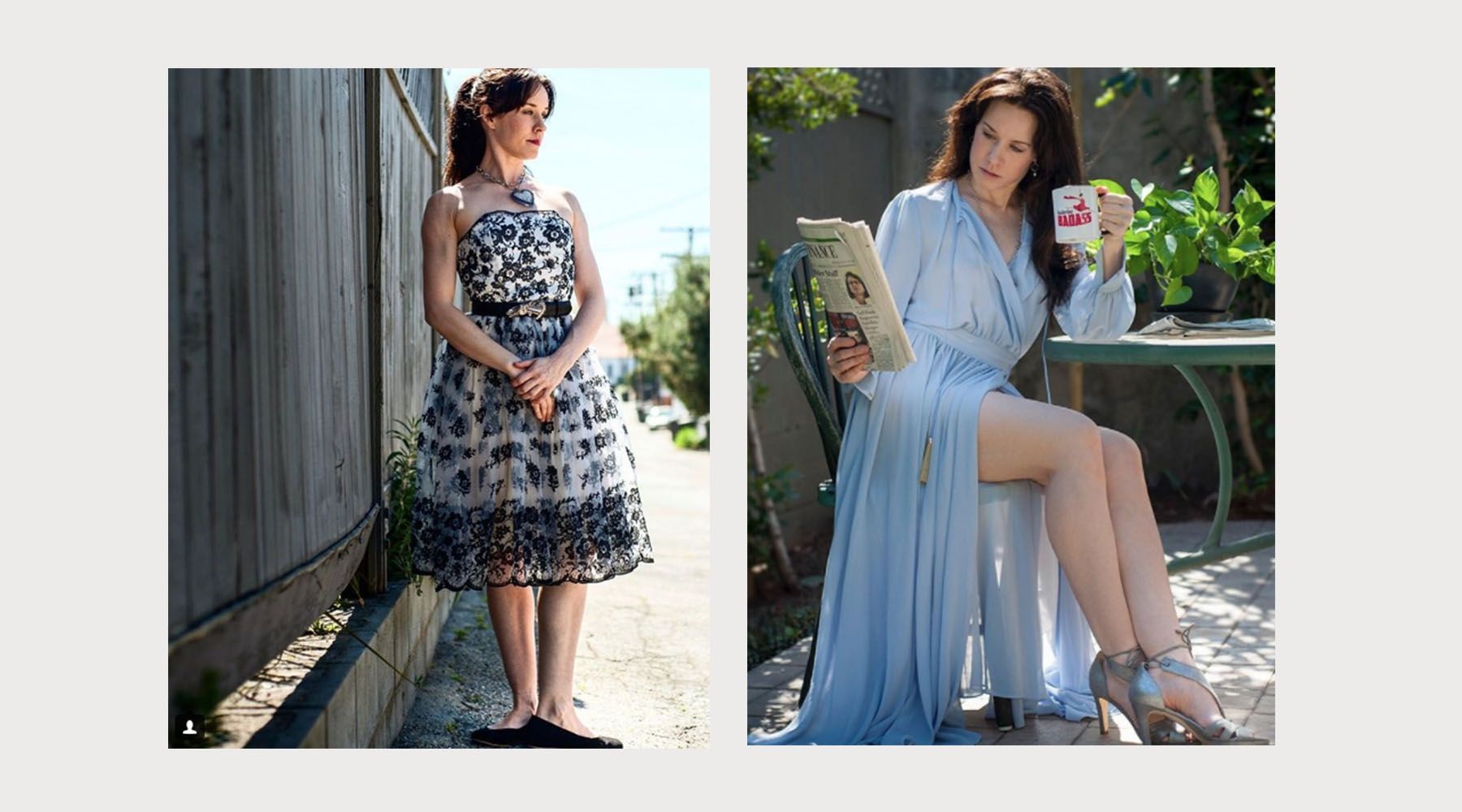
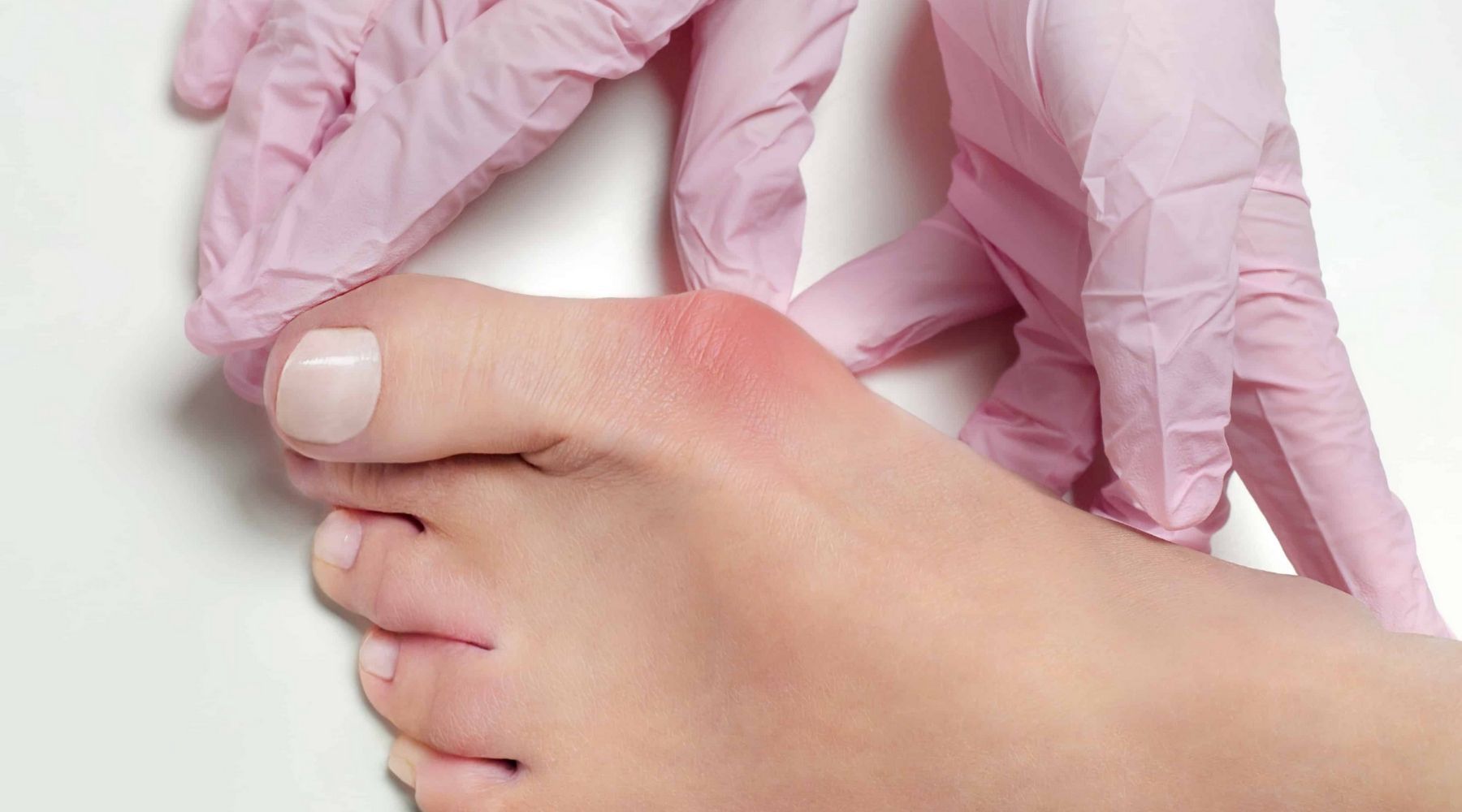
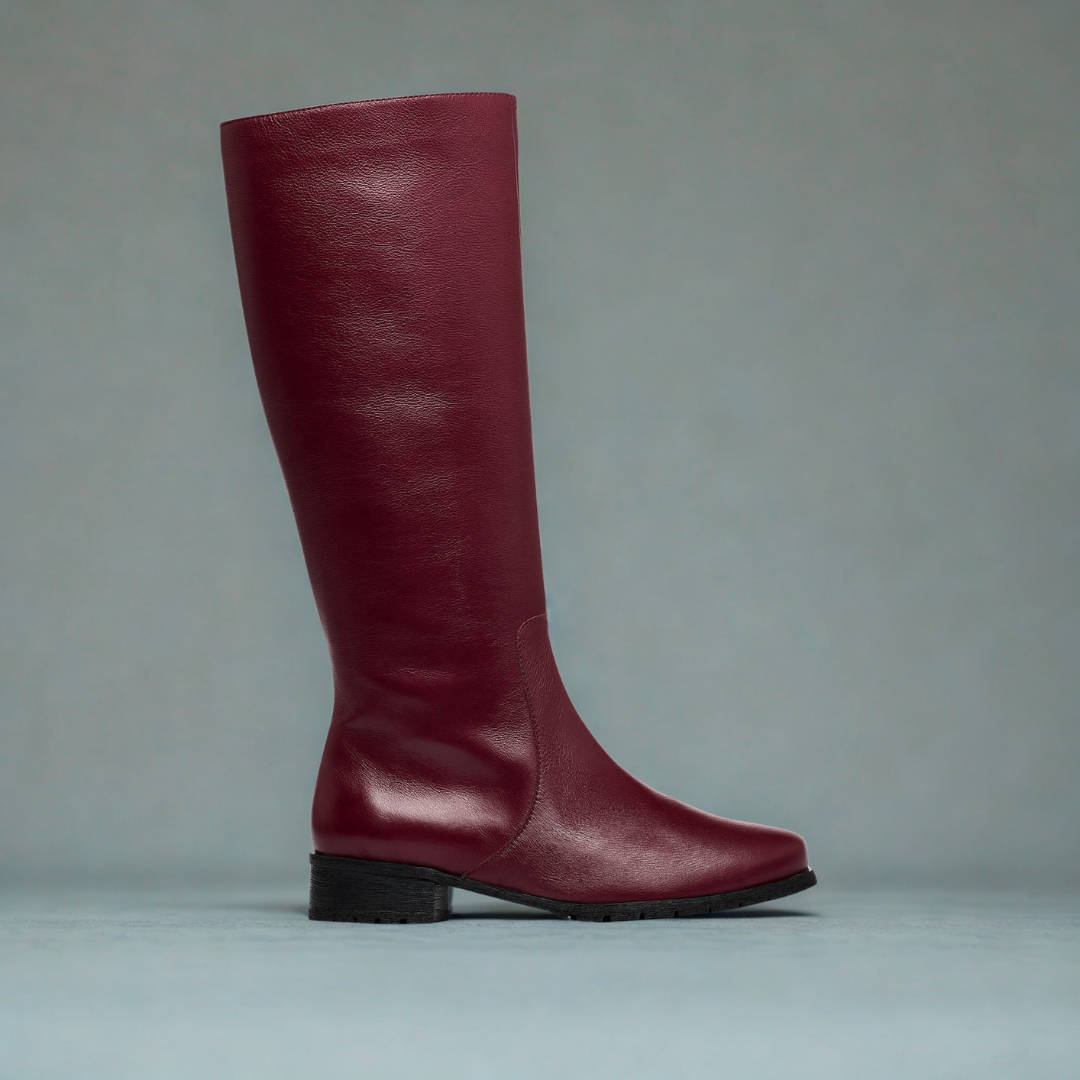
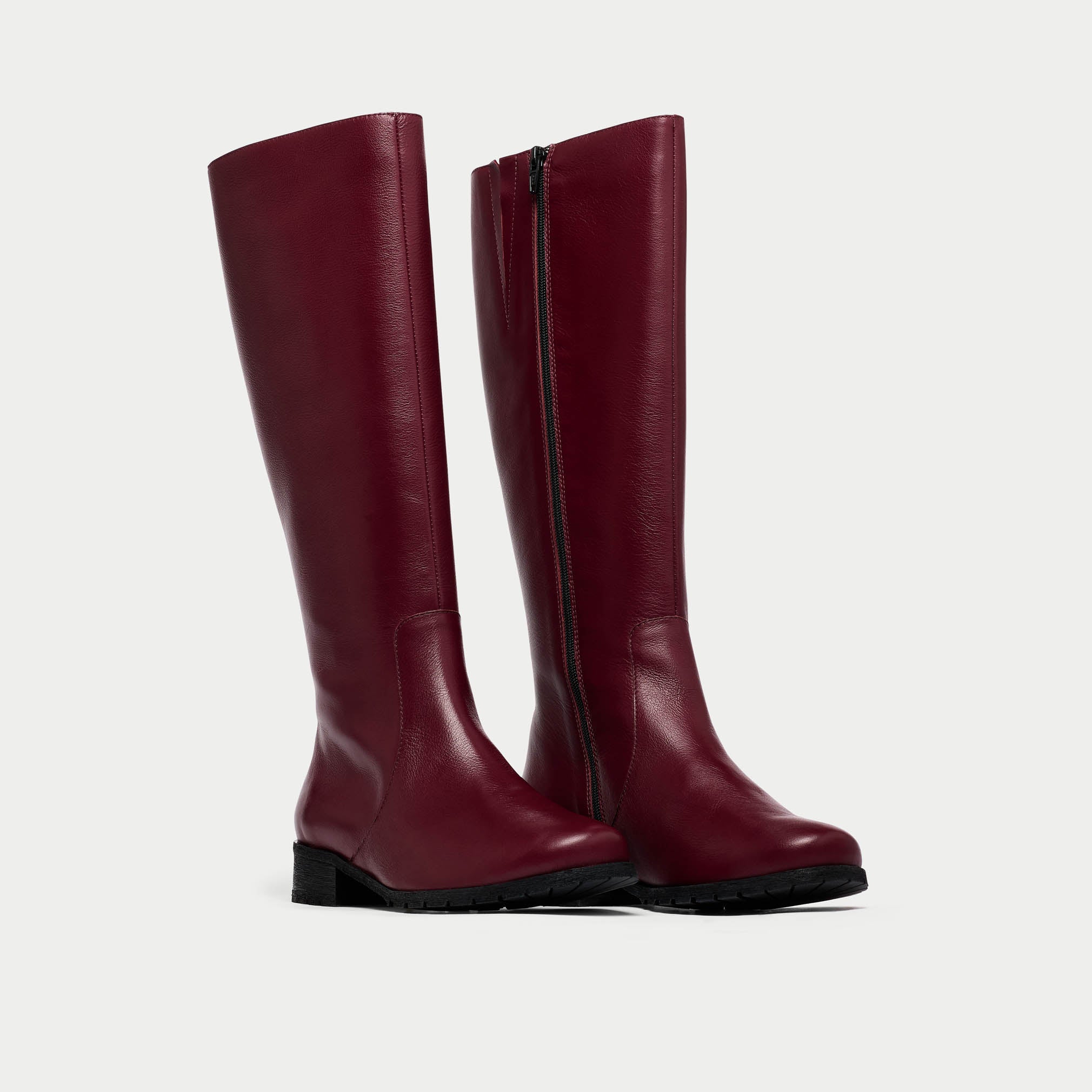
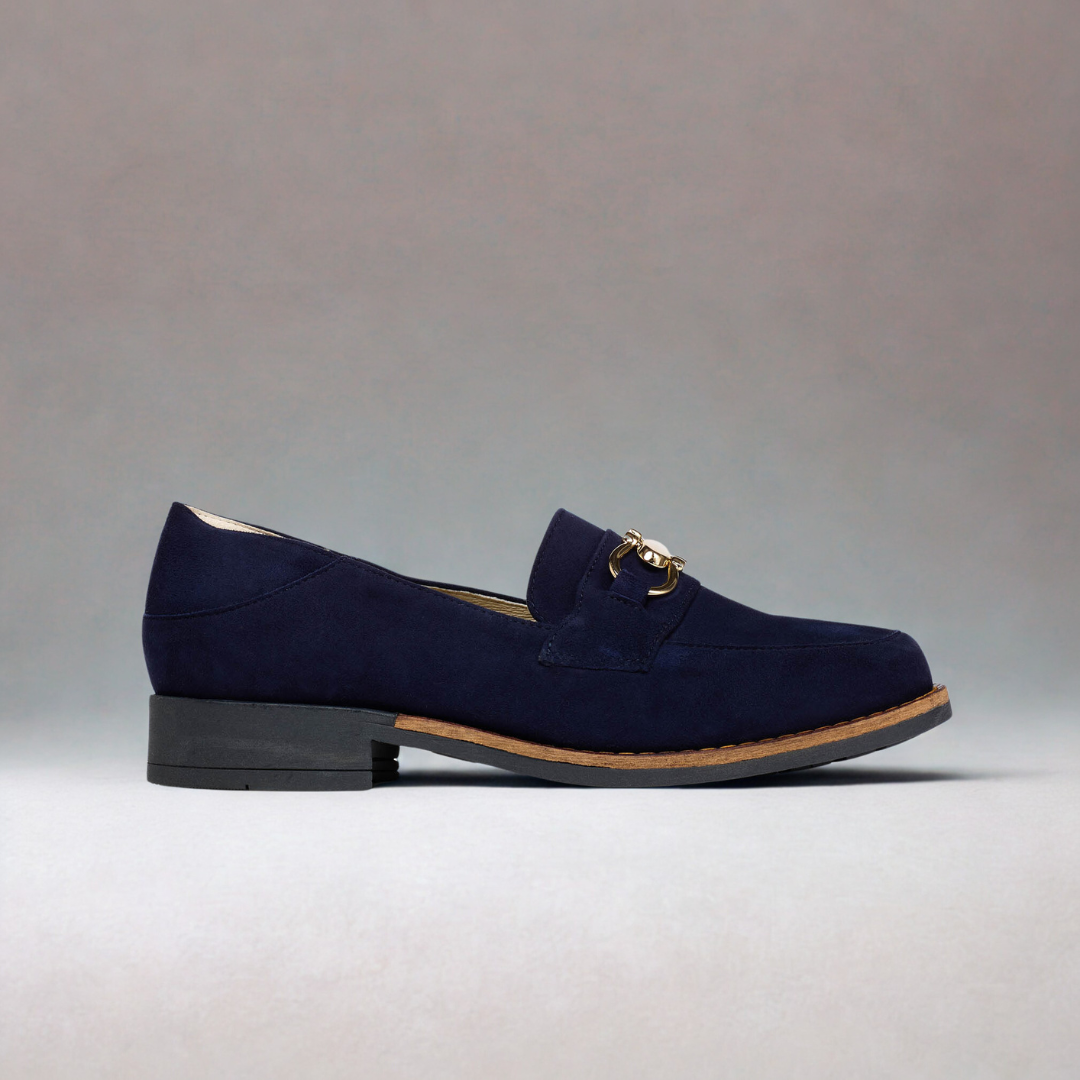
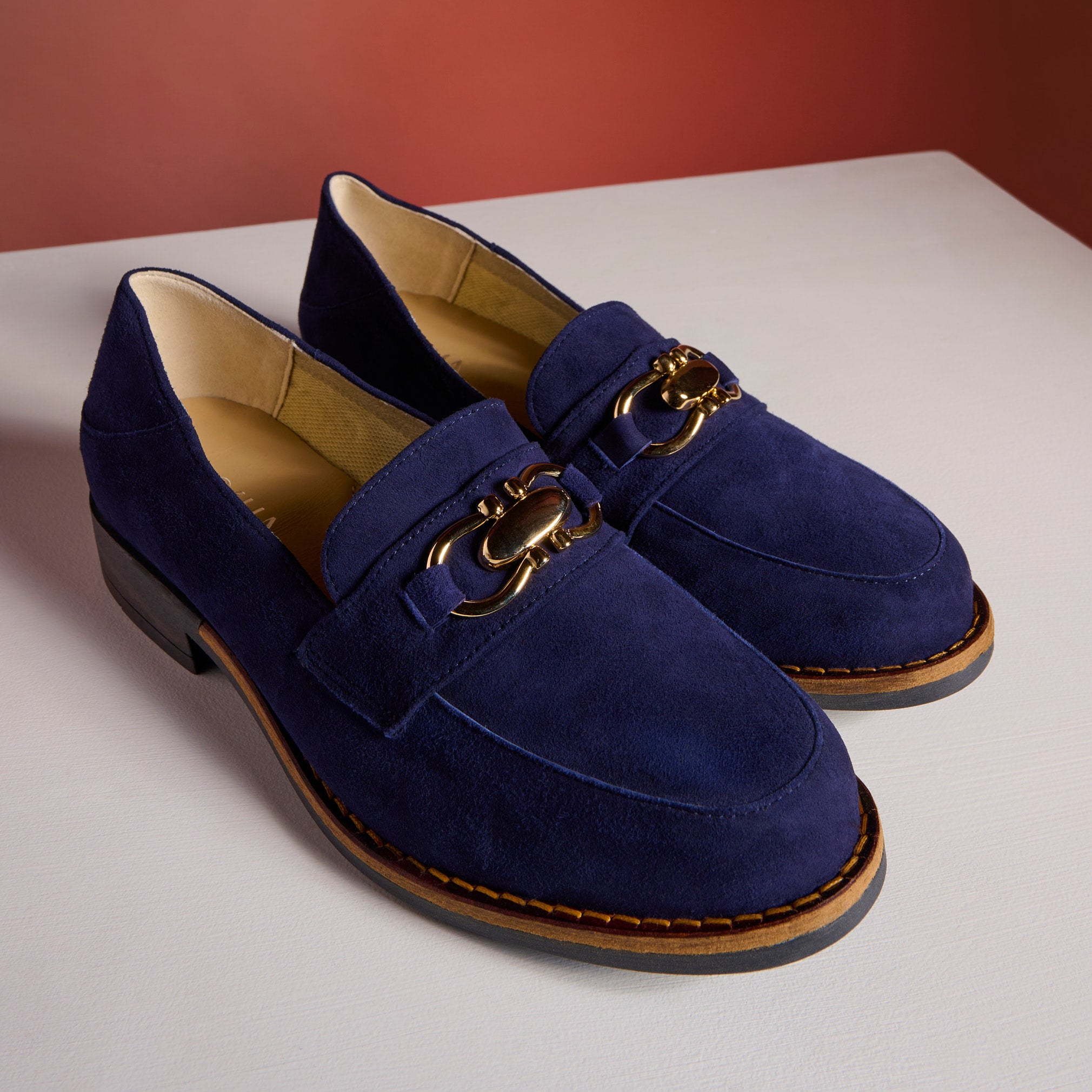
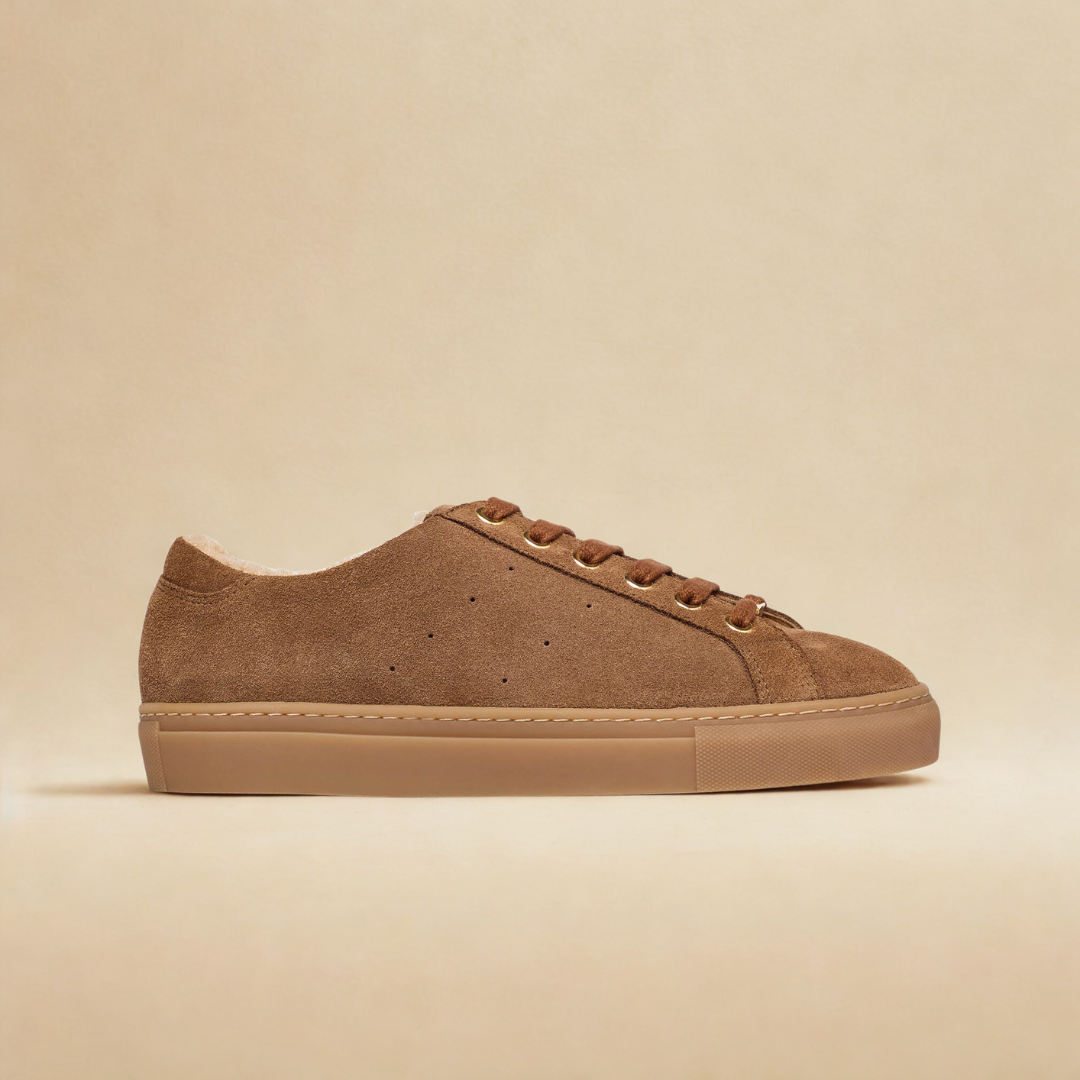

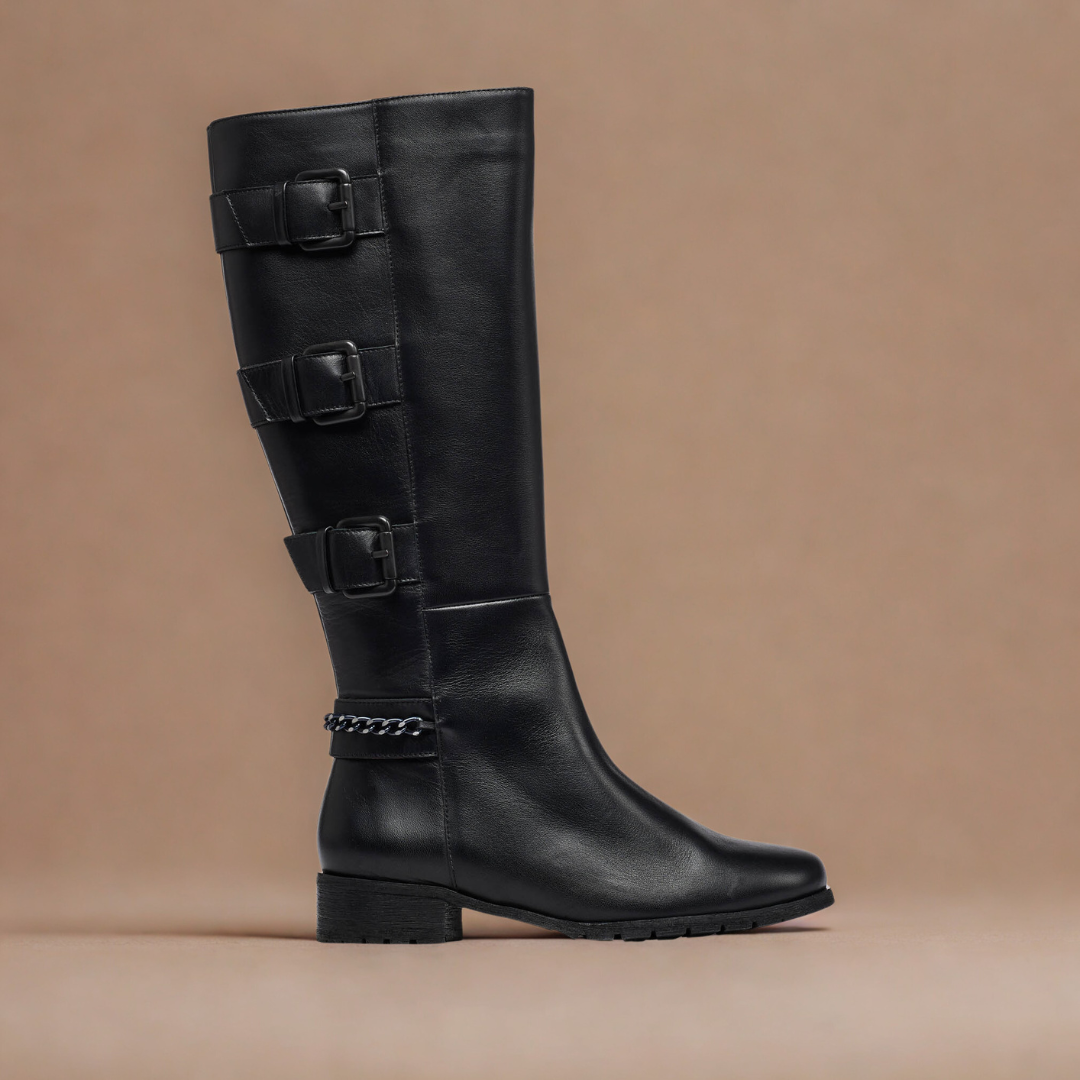
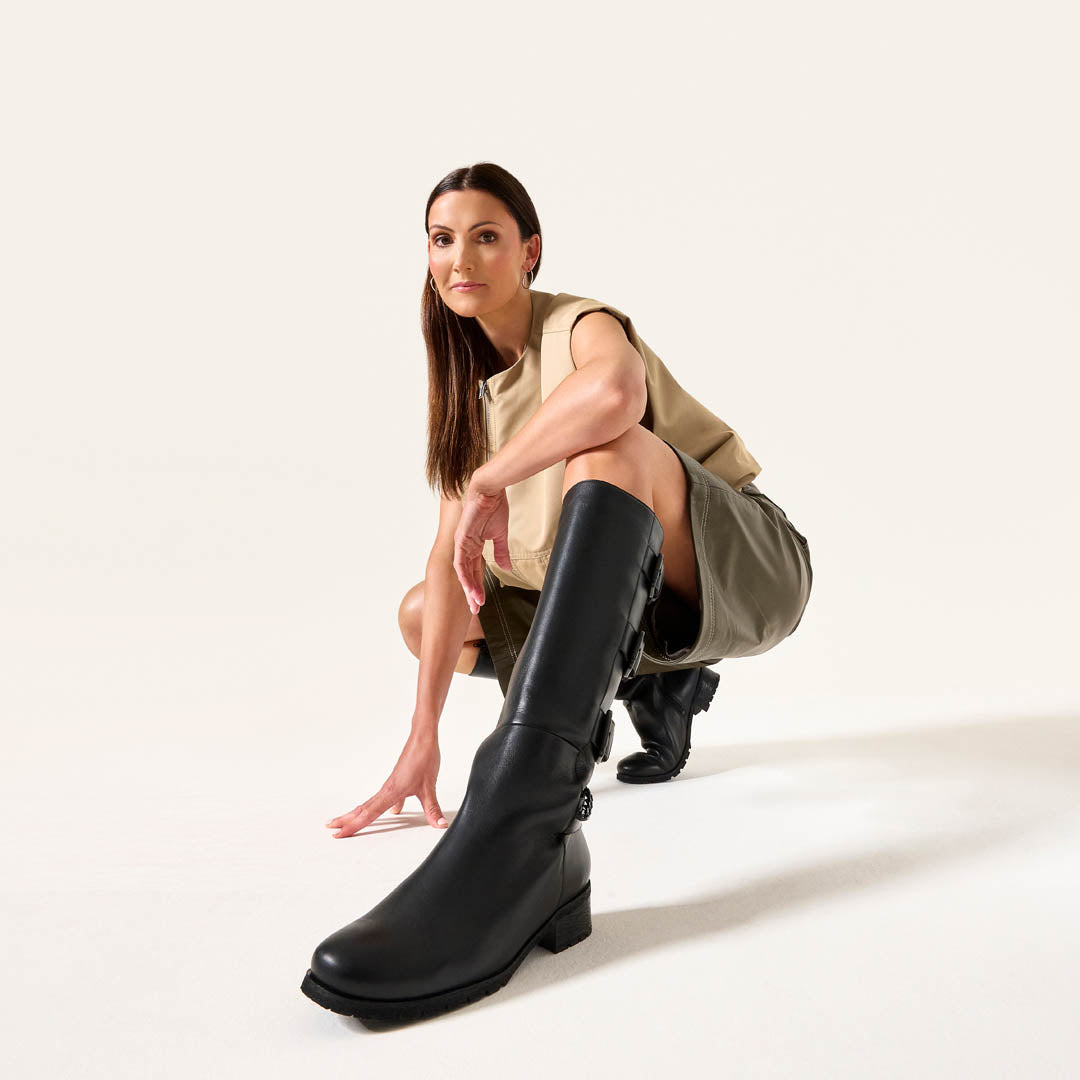
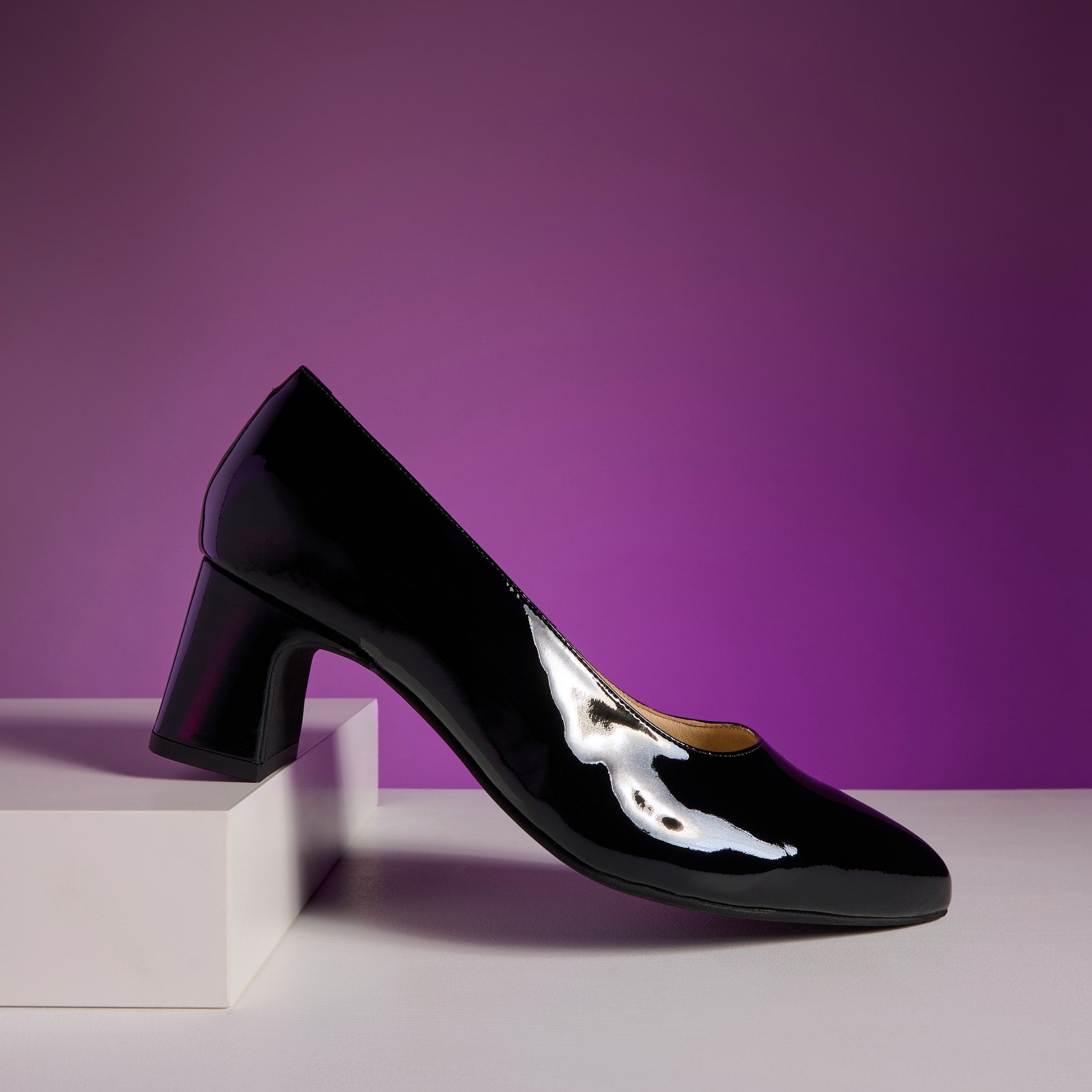
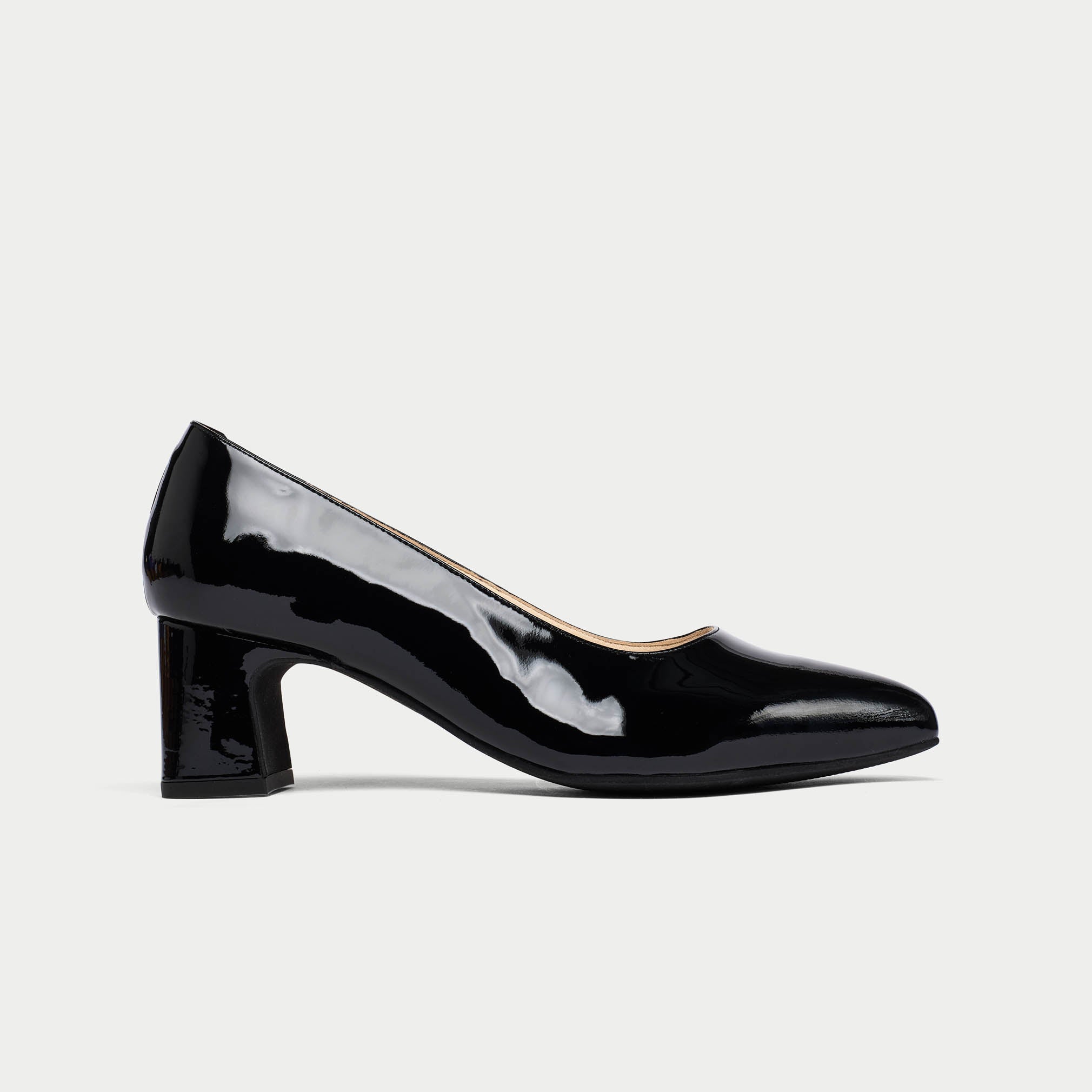
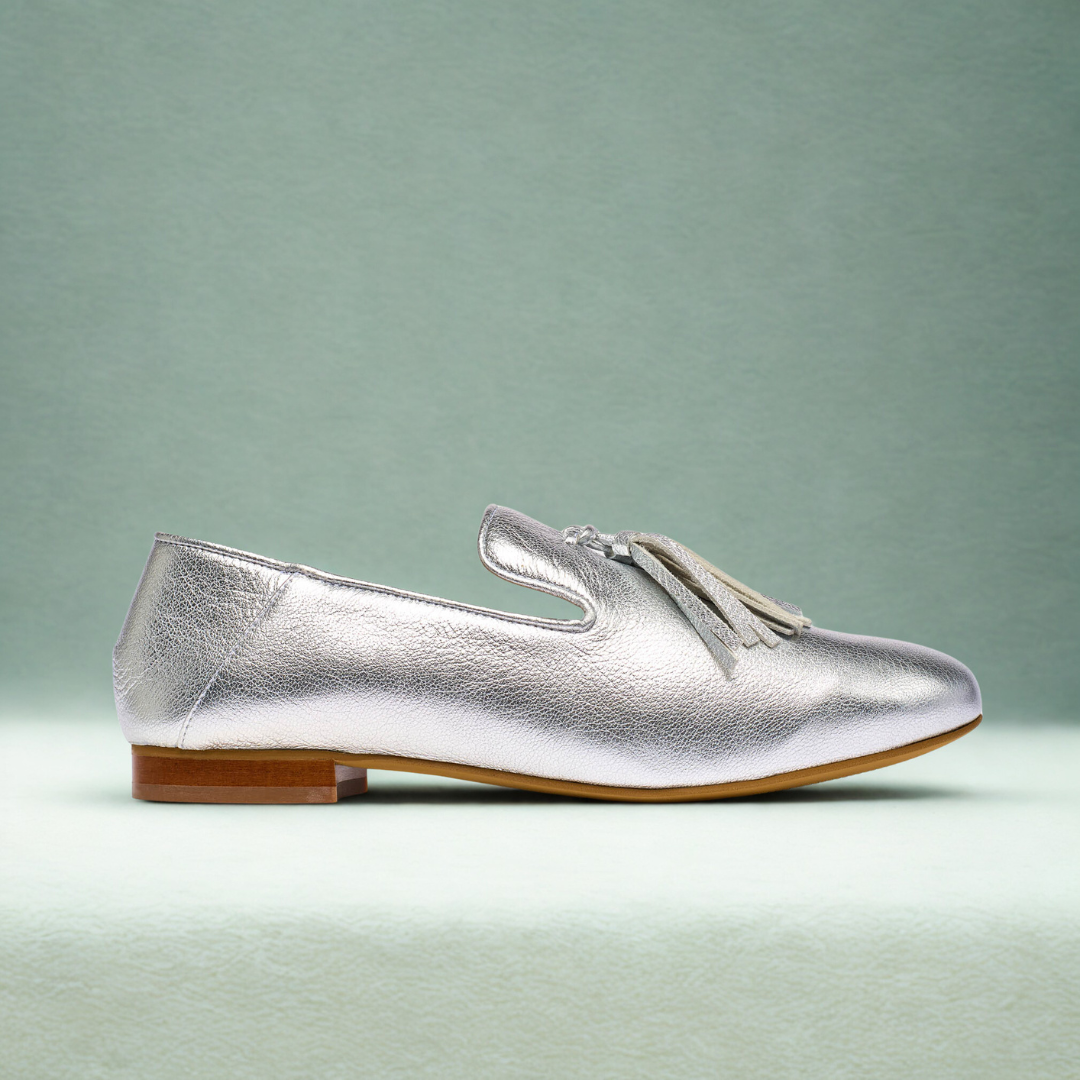
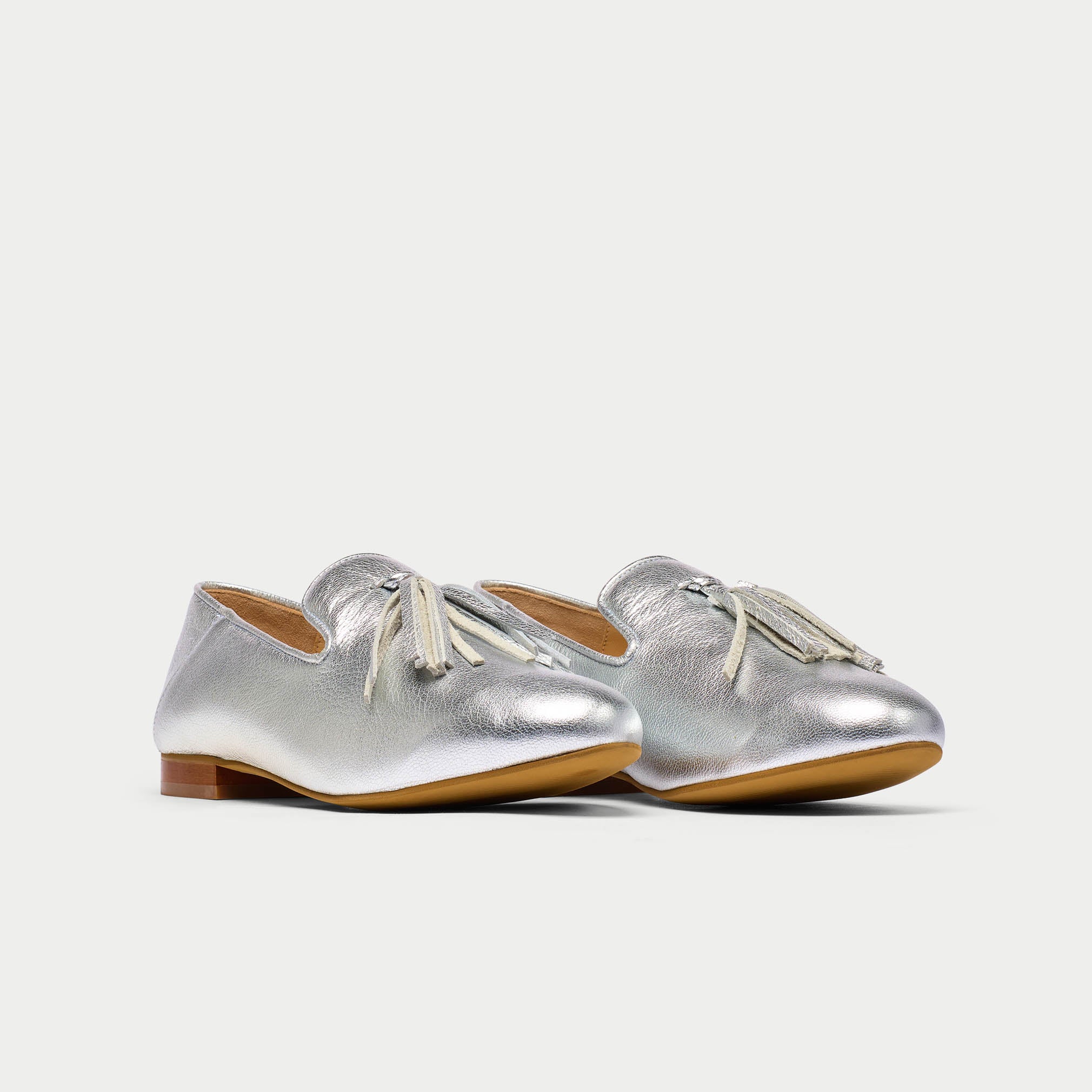
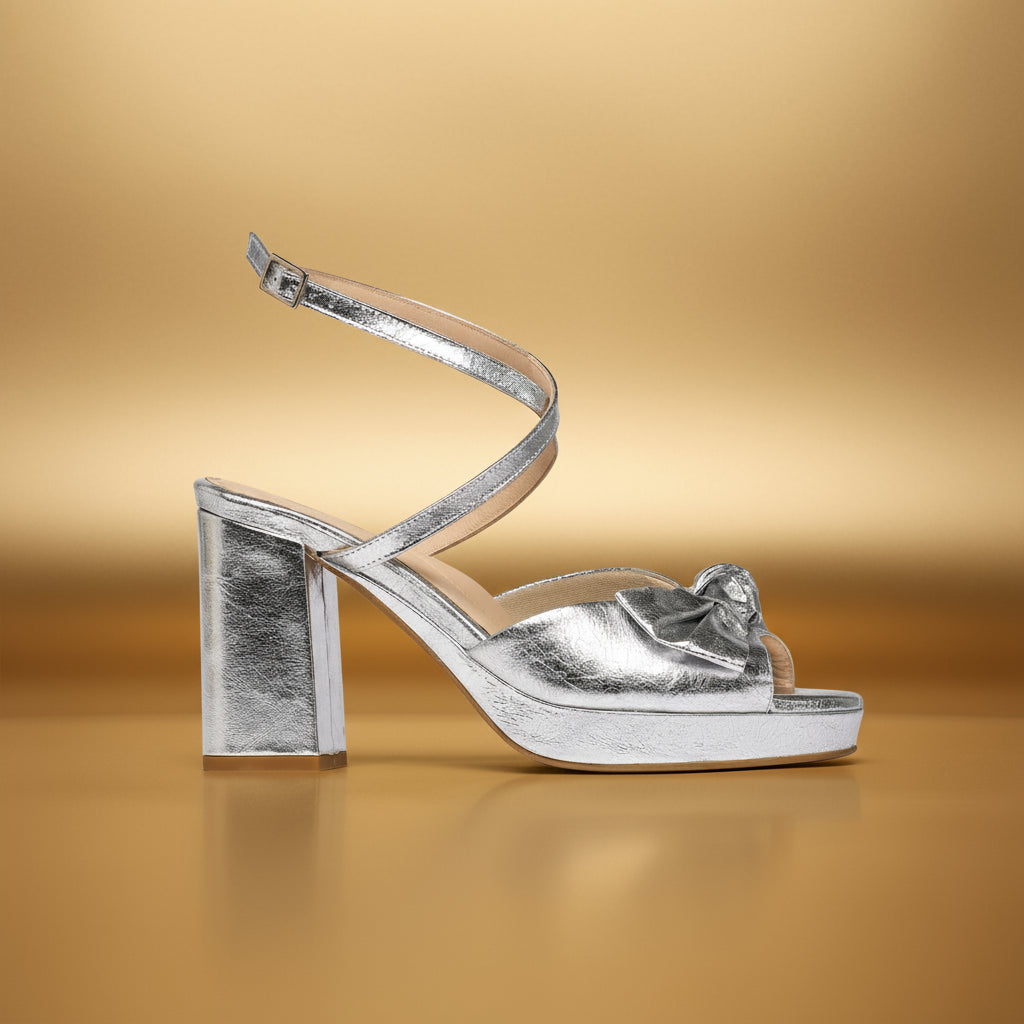
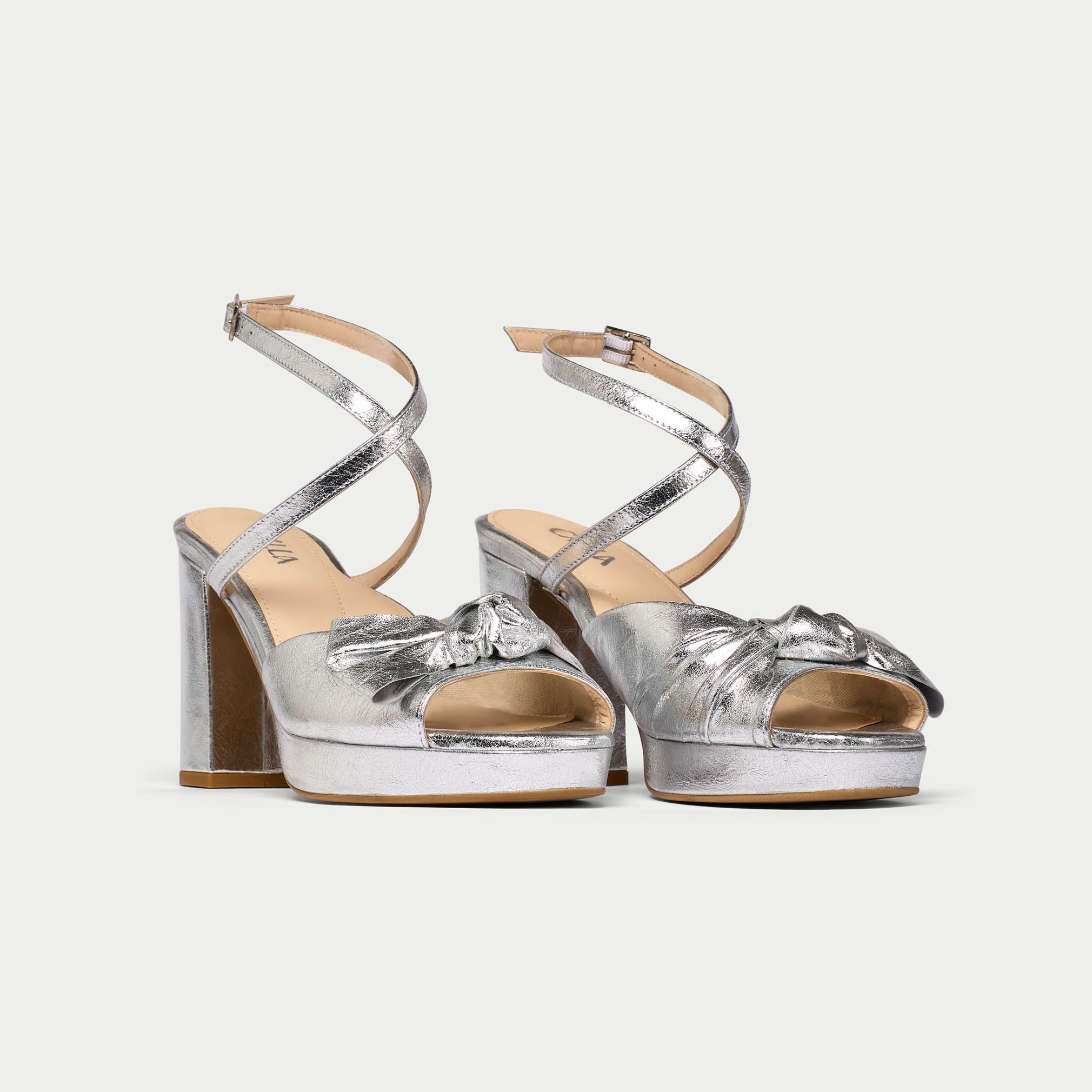
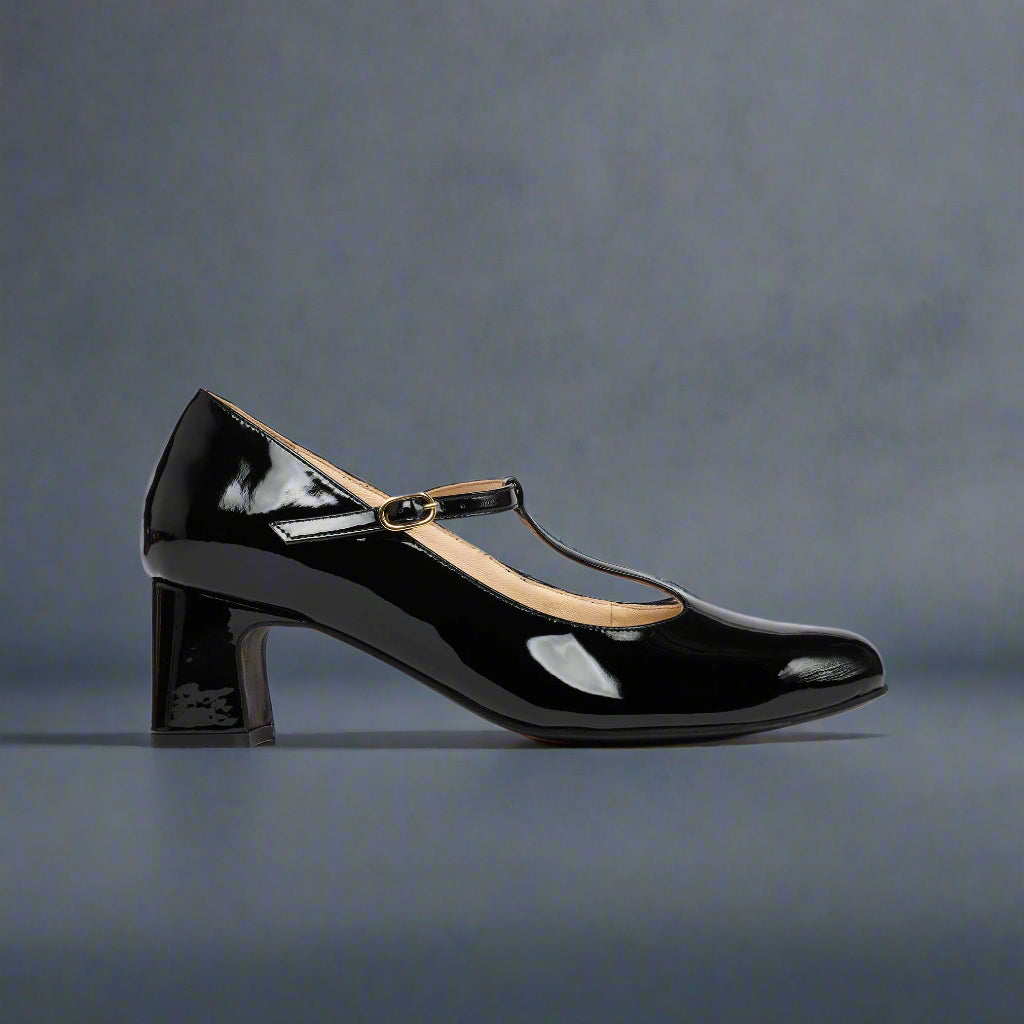
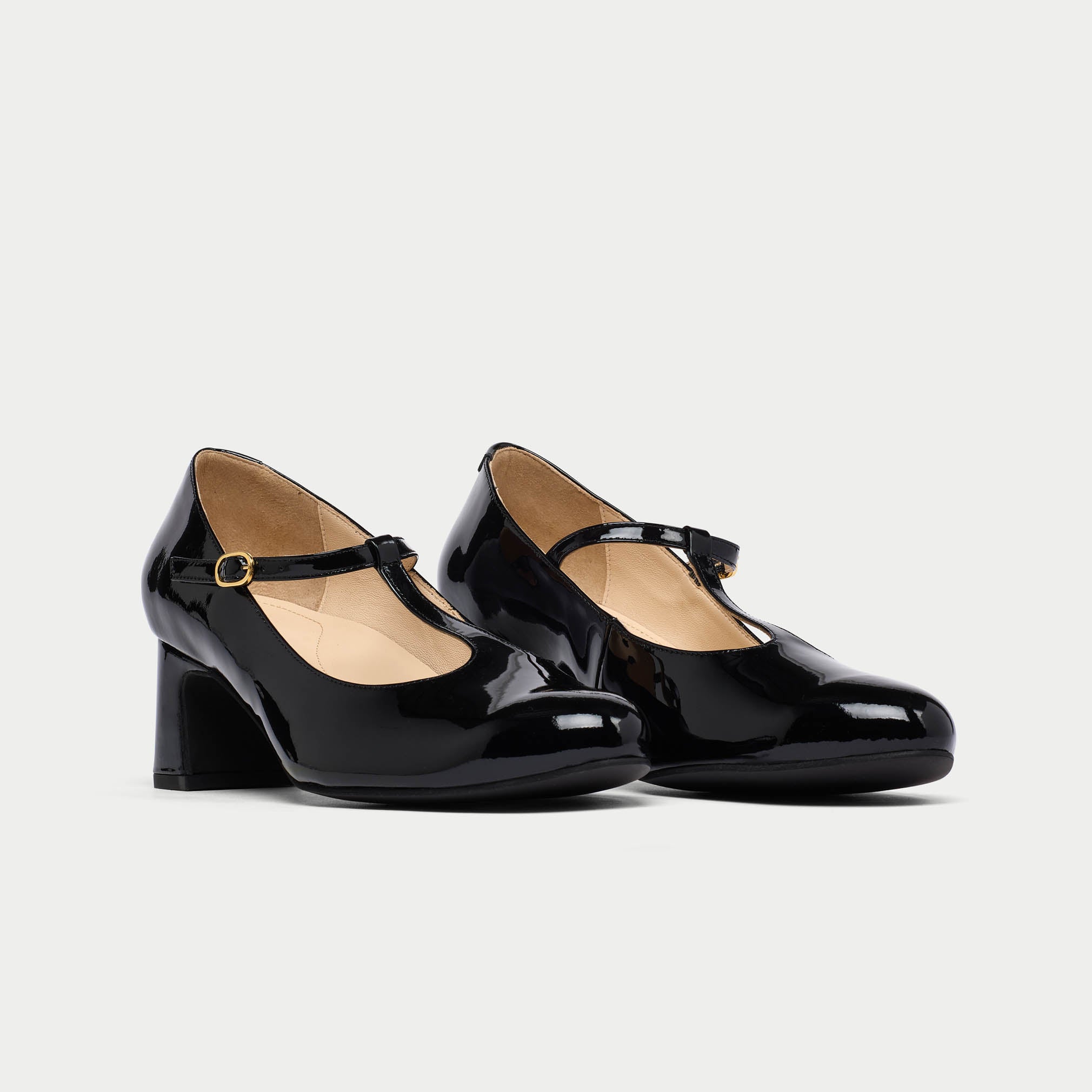
Leave a comment
This site is protected by hCaptcha and the hCaptcha Privacy Policy and Terms of Service apply.